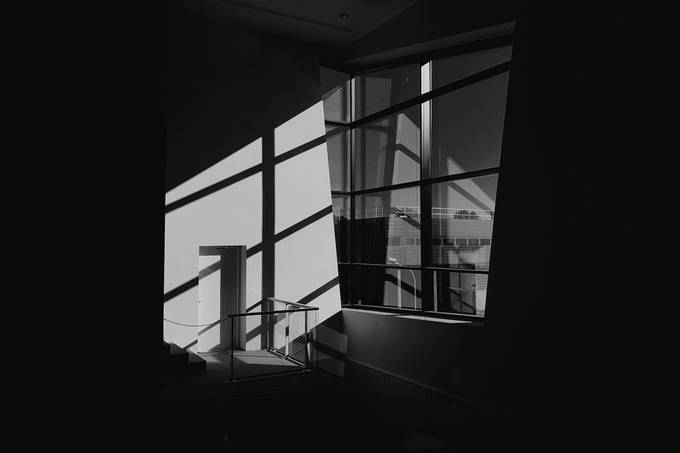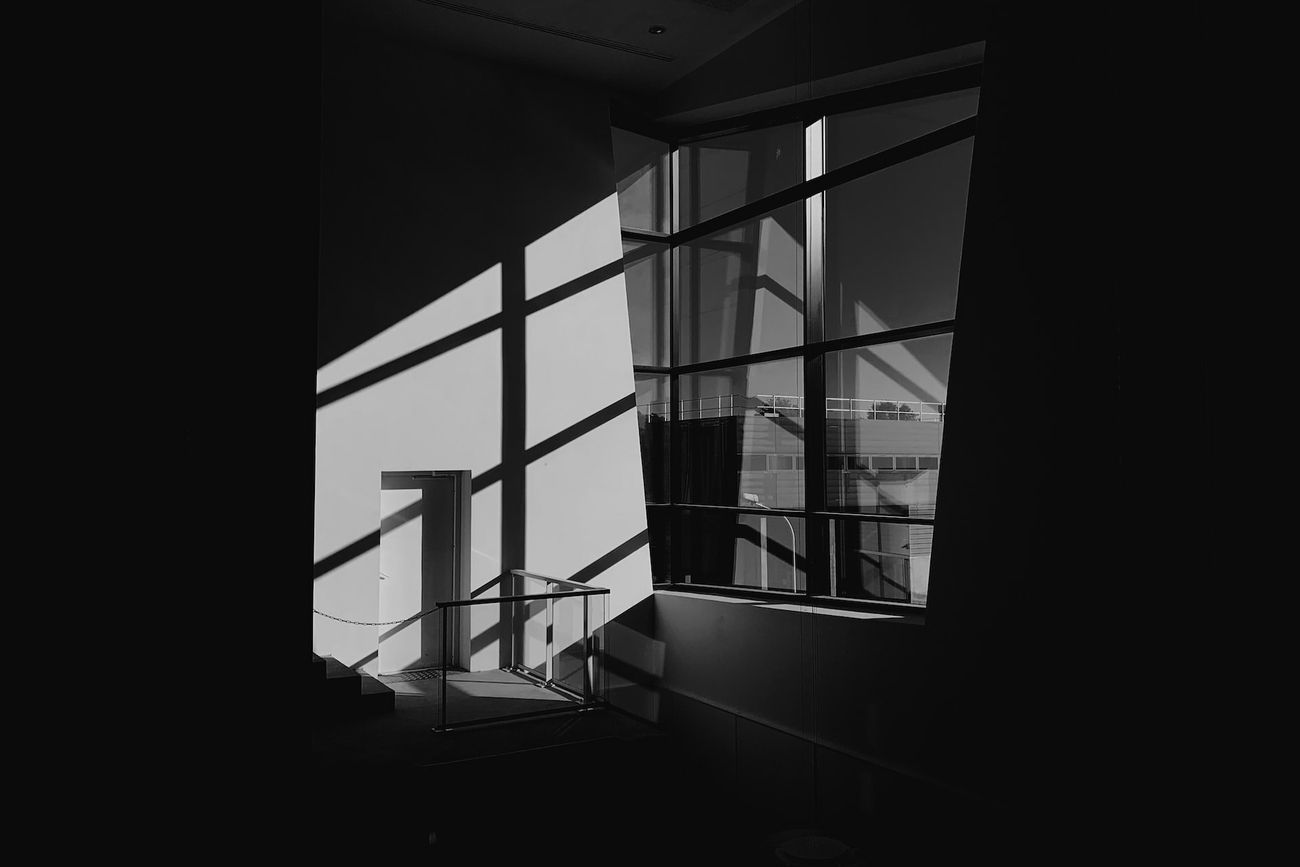Black and white photography can be a powerful way to capture the beauty of the world around us. The absence of color allows us to focus on light, texture, shadows, and composition in a new way. Whether you’re an experienced photographer or just starting out, here are some of our favorite tips that will help you take stunning black-and-white images. From playing around with natural light sources like windows or doors all the way through adding grain for a retro feel—there’s something here for everyone; whether you are just starting out or already a pro at taking amazing photos! Have fun experimenting with these tips—you never know what kind of masterpieces might come out at the end!

Use a tripod or stable surface to ensure sharp images: A tripod or other stable surface will help prevent camera shake, which can cause blur in your photos. This is especially important when using slow shutter speeds or when shooting in low light.
Experiment with different shutter speeds to create motion blur or freeze action: Shutter speed refers to the length of time that the camera's sensor is exposed to light. A slow shutter speed can create motion blur, which can be used to convey a sense of movement in your photos. A fast shutter speed, on the other hand, can freeze action and make your subjects appear sharp and still.
Use a polarizing filter to reduce glare and increase contrast: A polarizing filter can help reduce glare and reflections, which can be especially helpful when shooting water or other reflective surfaces. It can also increase contrast and saturation, making colors appear more vibrant.

Pay attention to lighting and shadows to create depth and interest in your photos: Lighting and shadows play a crucial role in black and white photography, as they make depth and interest in your photos. Look for interesting light and shadow patterns, and position your subjects accordingly.
Add Grain For A Retro Feel: Adding grain is another great way to give your photos an old-school feel – this technique was often used by photographers back in film days but now it’s easy enough to do digitally! You can either add grain directly through software such as Lightroom or Photoshop, or you can emulate film grain by applying noise reduction techniques after converting an image from color -> monochrome – either way, those retro vibes will come through nicely!
Get Creative With Shapes And Lines: Look for shapes, lines, curves, or patterns that draw the eye into the frame; these are all great elements that can make a strong photograph even stronger when stripped of its colors! Look for repeating patterns like brick walls or tree branches that lead into the frame or curved roads that draw viewers in from one side of an image all the way across it!

Use a wide aperture to create a shallow depth of field and draw attention to your subject: Aperture refers to the size of the opening in the lens that allows light to enter the camera. A wide aperture (low f-stop number) creates a shallow depth of field, which means that only a small portion of the photo is in focus. This can be used to draw attention to your subject and create a sense of separation from the background.
Use a neutral density filter to slow down your shutter speed in bright light: A neutral density filter (ND filter) is a piece of glass placed in front of the lens to reduce the amount of light entering the camera. This can be useful when shooting in bright light, as it allows you to use a slower shutter speed without overexposing your photos.
Consider the direction of light and how it affects your subject: The direction of light can have a big impact on the mood and feel of your photos. For example, side lighting can create interesting shadows and textures, while backlighting can create a sense of drama and moodiness.
Try converting color images to black and white in post-processing to see how it changes the overall feel of the photo: Converting color images to black and white can change the overall feel of a photo. It can help to simplify a scene and draw attention to the contrast and texture of your subject.

Experiment with various composition techniques to create dynamic and interesting photos: Composition refers to the way that elements in a photo are arranged. Experimenting with different composition techniques, such as the rule of thirds, can help you create more dynamic and interesting photos.
Practice, practice, practice! The more you shoot, the better you will become: Photography is a skill that requires practice and experimentation. The more you shoot, the more comfortable you will become with your camera, and the more you will understand how to create interesting and compelling photos.


